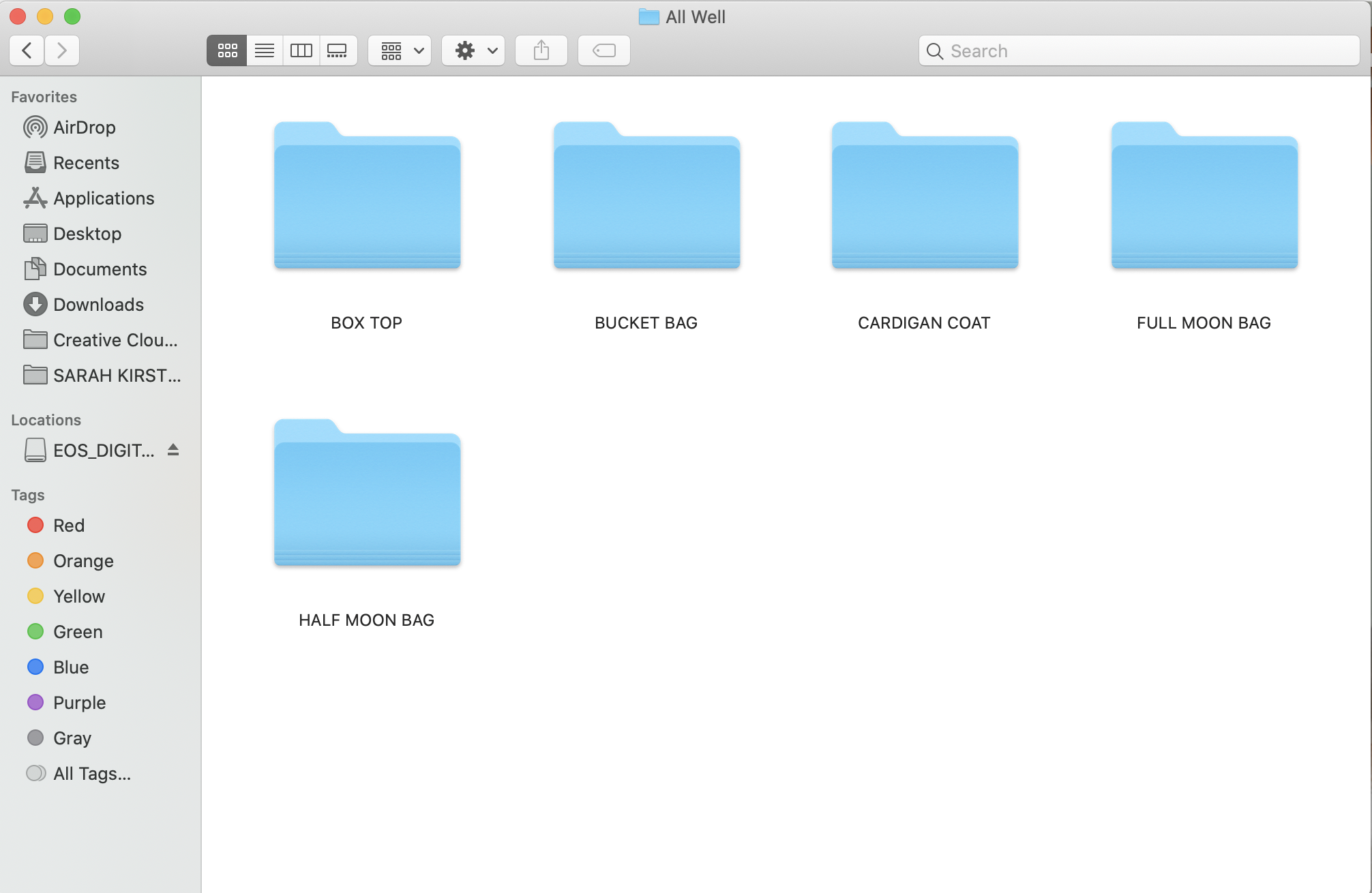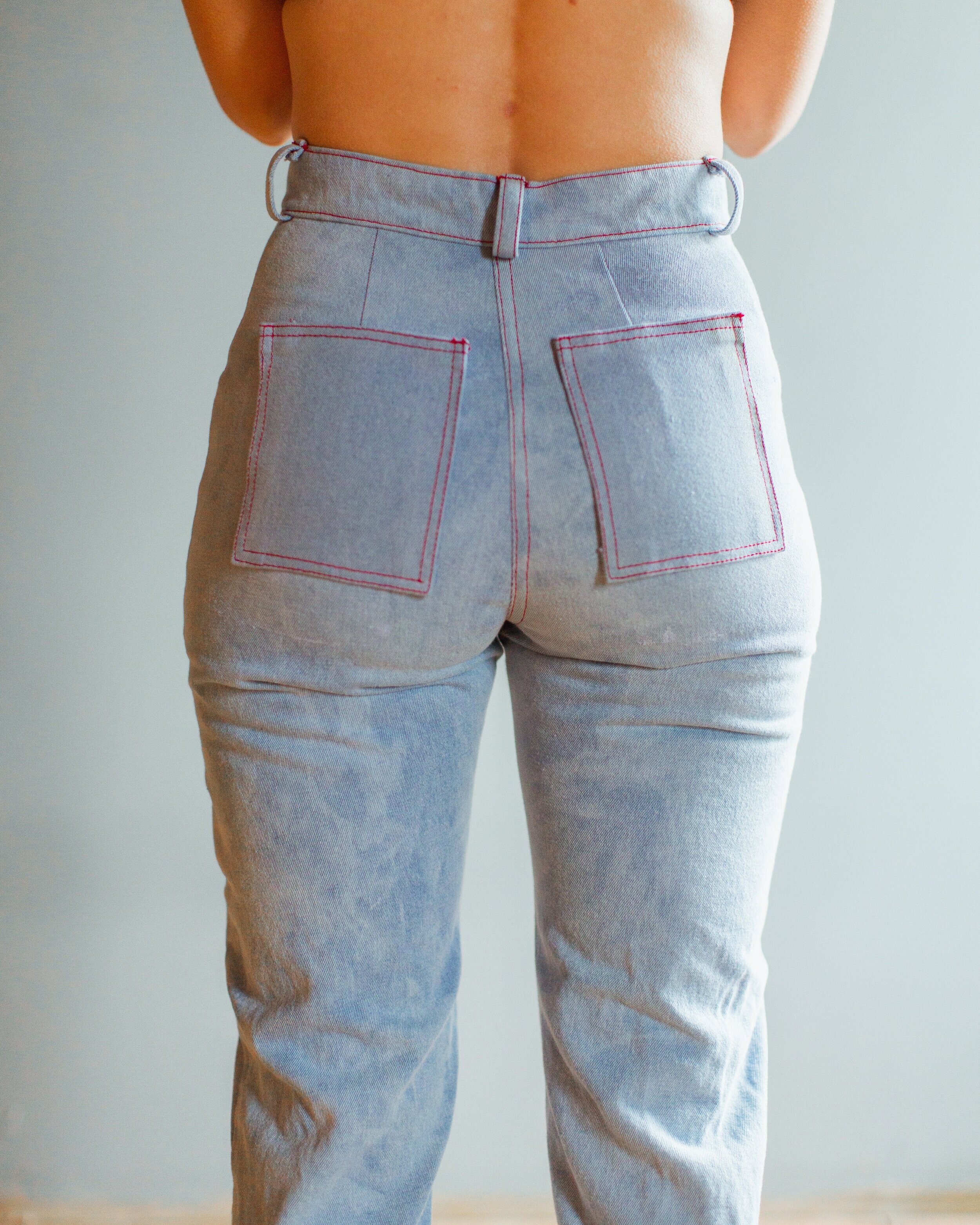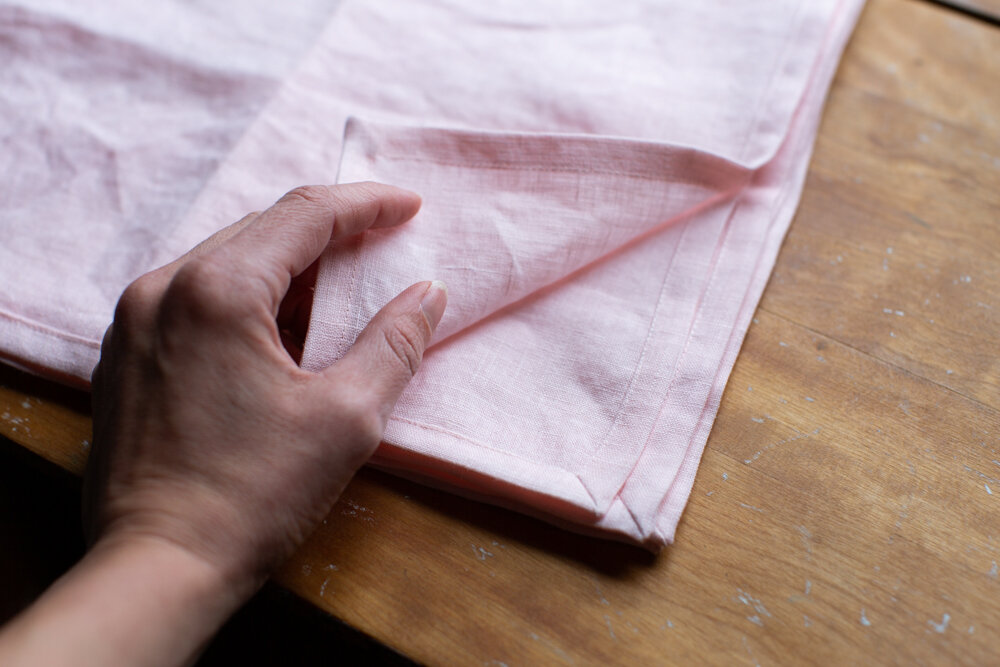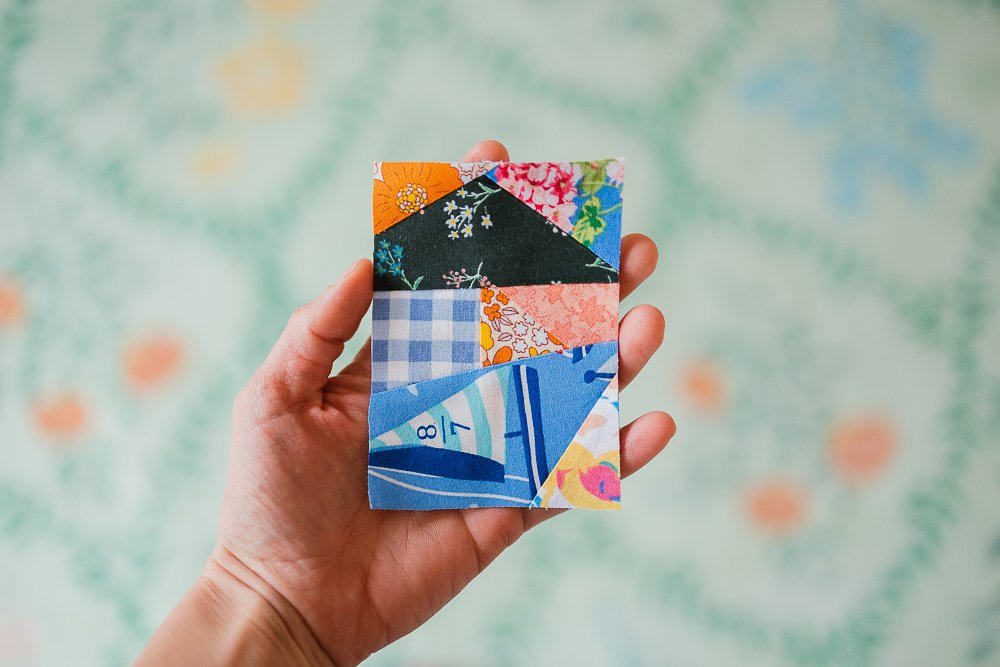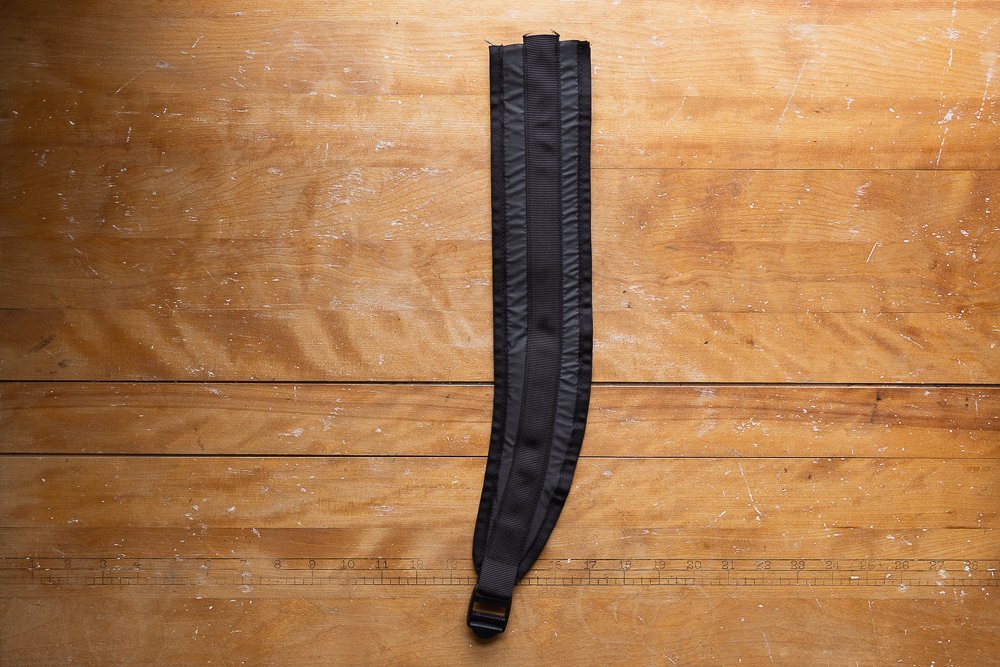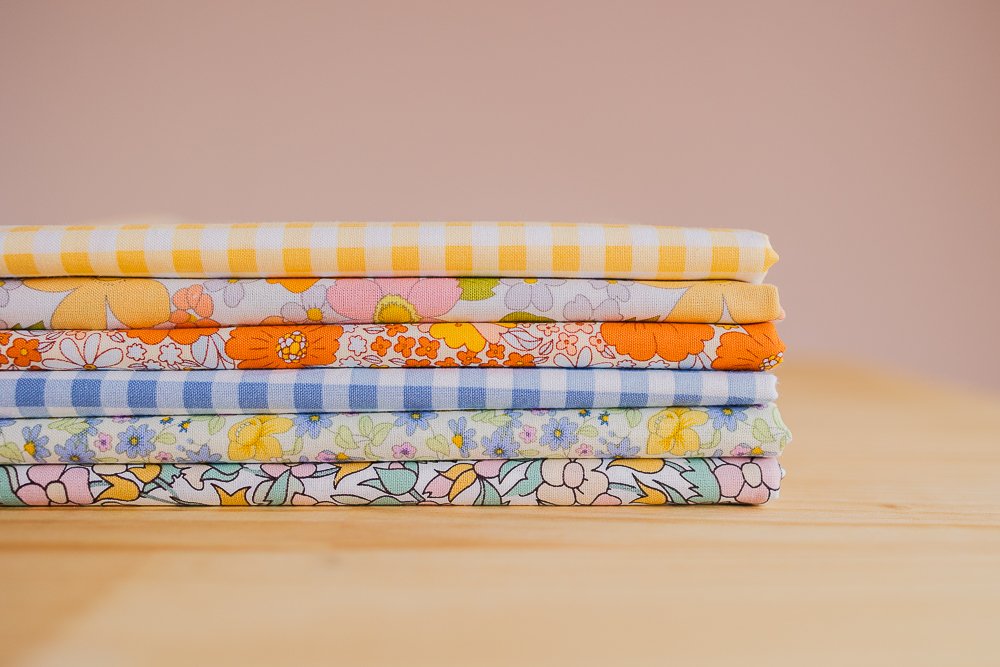All the advice you’ll ever need to find The One.
How to Organize and Keep Track of Your PDF Patterns
PDFs can be pesky things. Here’s how I organize my patterns from other pattern makers I love to make sure I don’t lose any and I can find them easily.
I notice for me personally, staying organized is much easier if I put the pattern in my filing system right away after buying it instead of leaving it in my messy downloads folder.
Most patterns come as .zip files. Once the files are extracted, you can delete the .zip file.
So here’s one good option of how to organize patterns
1) Have a folder just for sewing patterns.
2) In that folder, have a file for each pattern maker.
3) In each pattern maker’s file, have a file for each pattern you have from them.
4) In each pattern file, have all the PDFs that go with the pattern.
Again, once you have the PDFs, you don’t need to keep the .zip file. Declutter and toss it in the digital trashcan.
Pocket Placement Really Does Make a Difference on How Your Bum Looks
I glued pockets in different spots to experiment with the way they can effect the look of your bum. It turns out, it really does make a difference.
1) Small pockets can make your bum look bigger.
3) Low pockets can make your bum look saggy.
2) Big pockets can make your bum look smaller.
4) High pockets can possibly make your bum look lifted (although I don’t think this really works with my bum shape).
5) Narrow pockets can make your bum look narrow and not plump.
6) Wide pockets can make your bum look wide, but not necessarily in a good way.
The best placement is different for every bum (and how that we can decide where to put our pockets when we sew). For me, I think I like medium sized pockets right in the center (photo 1).
I hope this is helpful for deciding where to place your pockets. Gotta get that bum looking its best!
Dyeing my Denim Jacket
When you’re dying to do some dyeing….
Both jeans are the wonderful Dawn Jeans by Megan Nielsen. The jacket was on super clearance at a RTW store.
I left the jacket in the dye bath for over 12 hours. And I learned it’s probably best not to put black dye in the washing machine because it’s permanently dyed purplish pink now. Live and learn!
Ultimately, very happy with how the jacket turned out.
How to Sew Mitered Corners
Here’s how to do it
1) Iron all sides of the fabric at your desired hem width.
2) Fold the hem over again with the same width and iron.
3) On the corner, unroll one fold of the hem.
4) Fold the corner in diagonally. Align it so the fold creases made from the iron in the previous step match up with the width of the first fold of the hem. Iron the corner down so it makes a diagonal crease in the fabric.
5) Mark along that diagonal crease with chalk or pencil or fabric pen.
6) Fold the fabric over and sew along the marked diagonal line.
7) Trim off the corner, leaving about 3/16” seam allowance.
8) Flip the corner right side out. Use a point turner or some other pointy object to press out the corner.
9) Edge stitch along the inside edge of the hem.
10) Enjoy the beautiful corners with all the extra care and love you put into creating them.
This lovely lightweight linen fabric is from Fabrics-Store.com. I enjoy sewing with their fabric. They have a wonderful selection of linens in various weights and colors. Not to mention they are a family company, and their blog is amazing.


